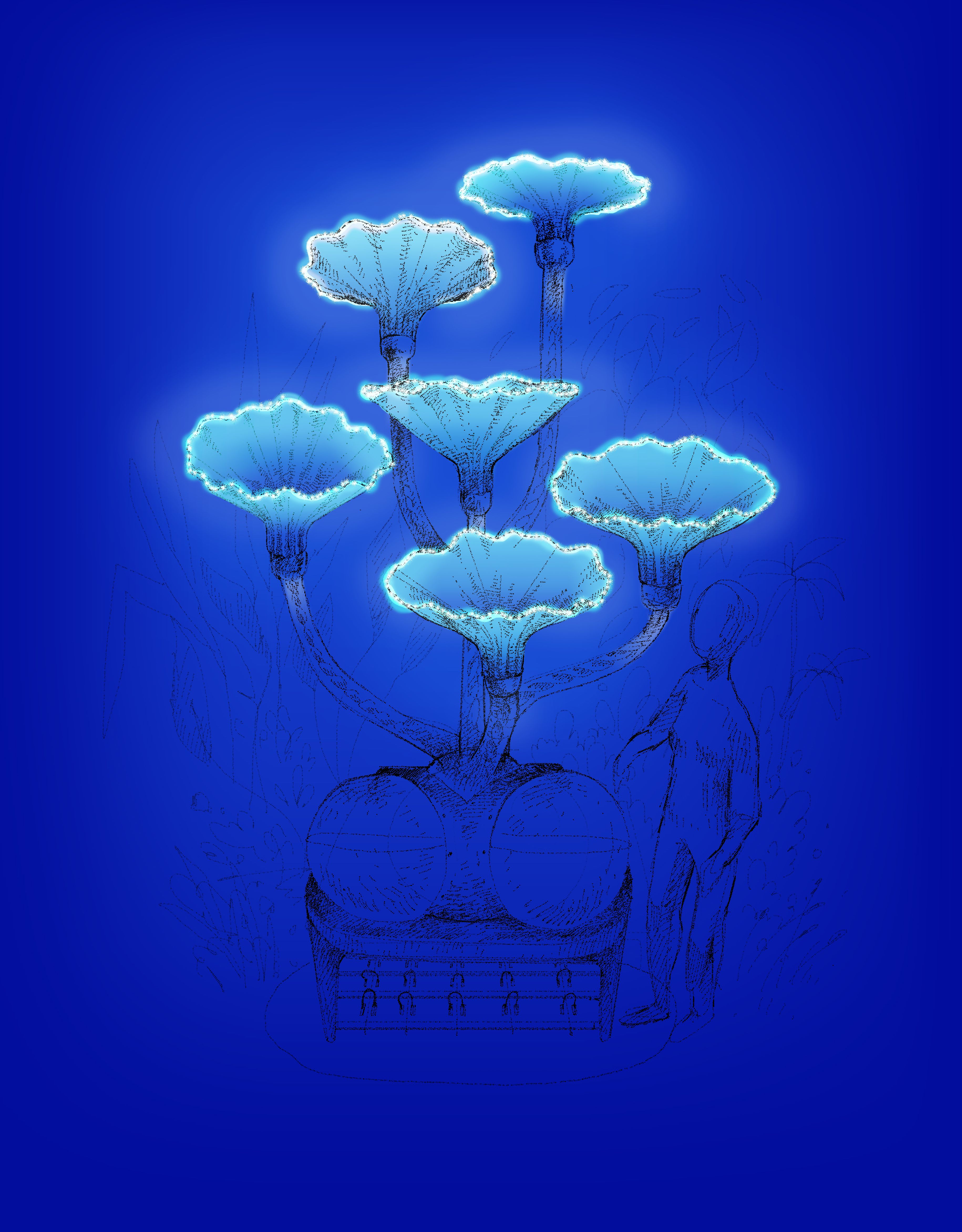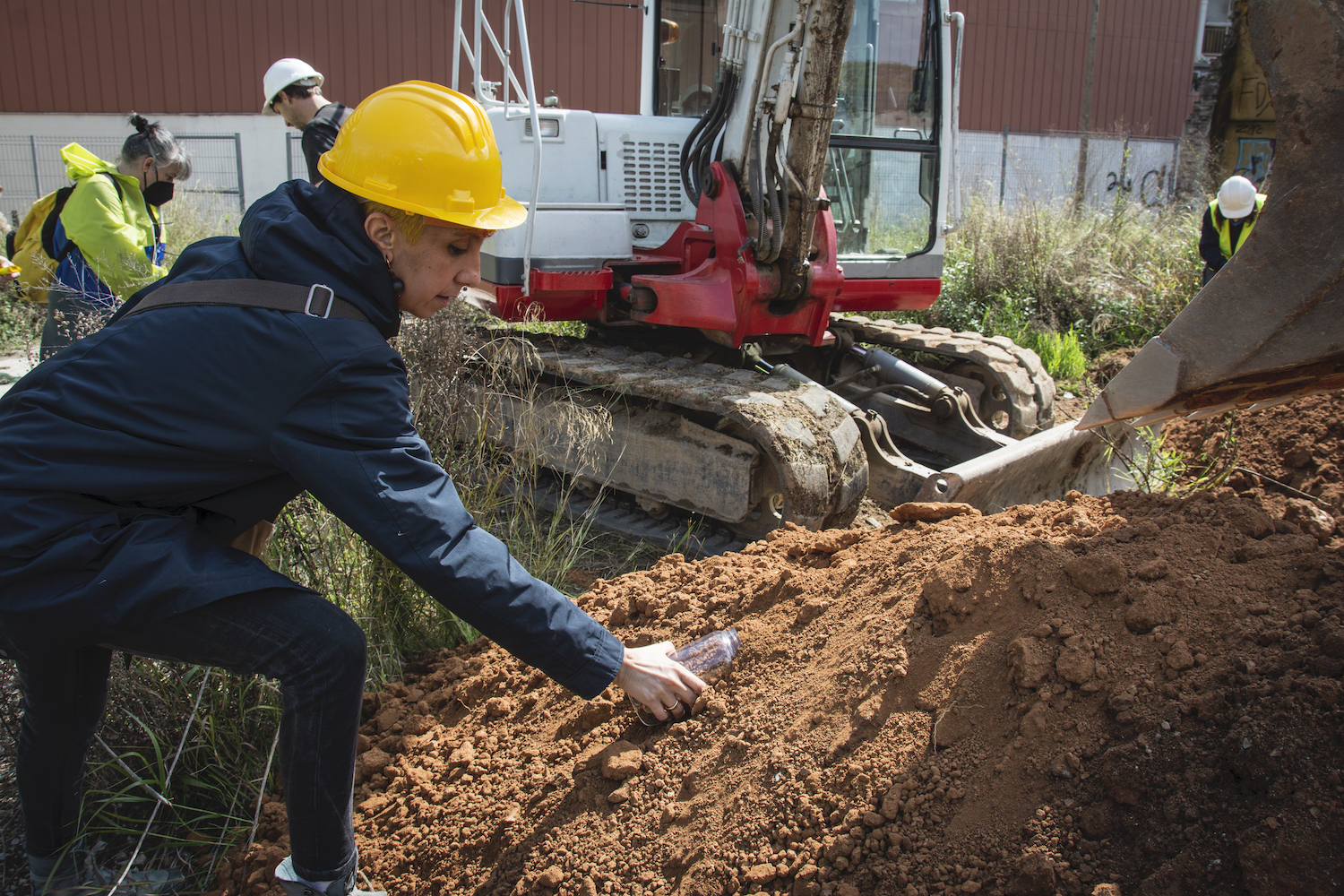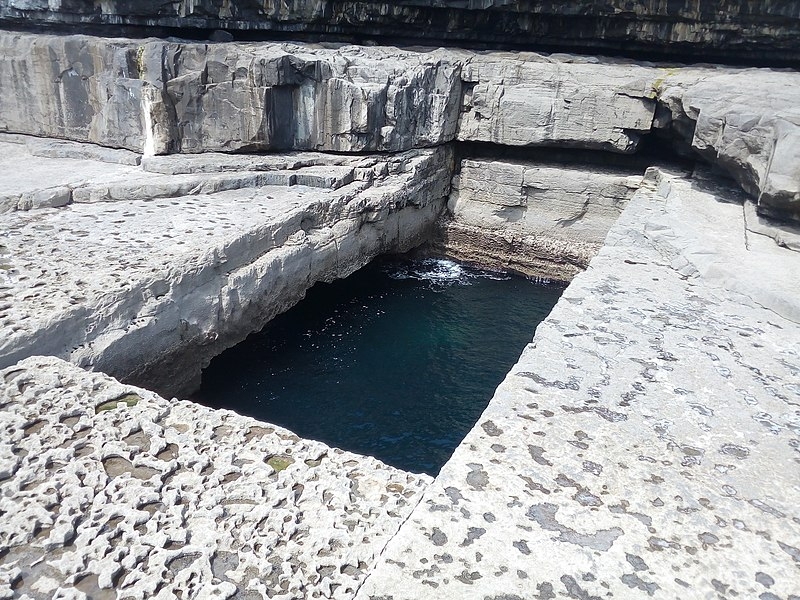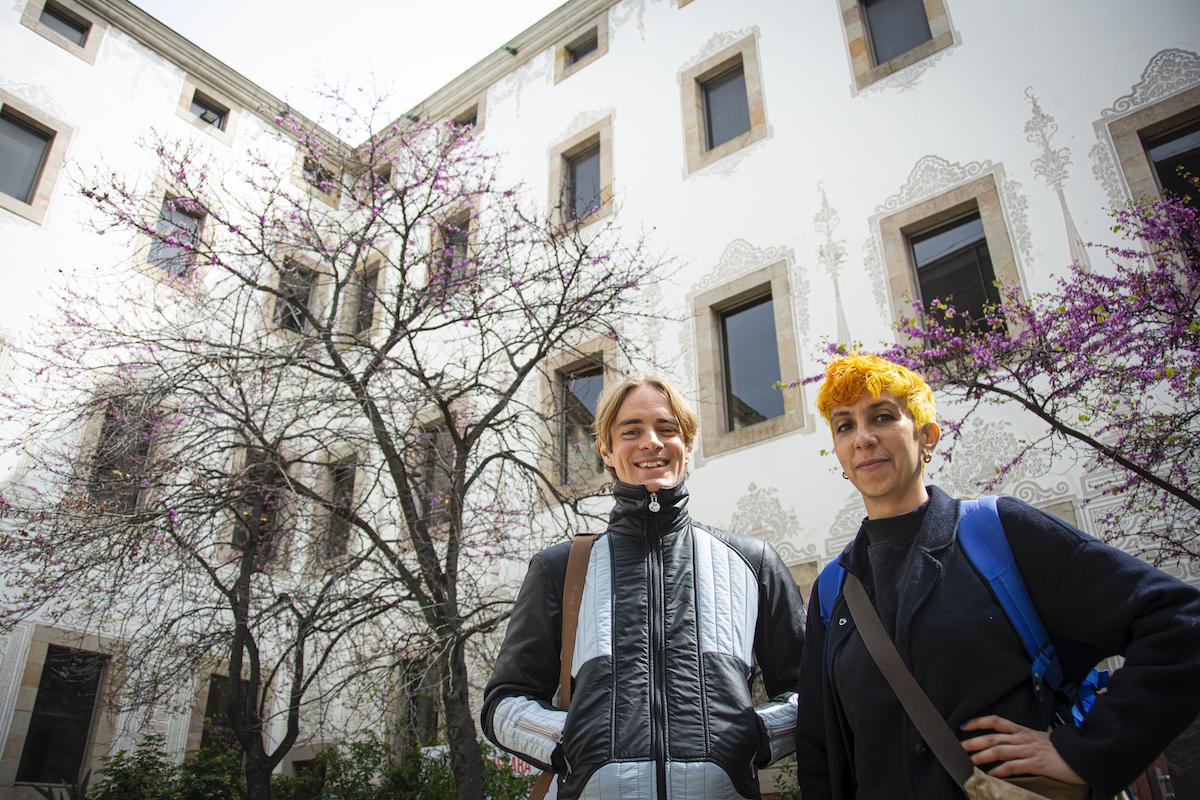The art world, through research projects in collaboration with experts, proposes alternatives to improve the cities we live in.

Geo-Luz" project by the artist Samira Benini, to illuminate public space using bacteria.
Image © Samira Benini
Art can be defined in various ways. One interesting way is the formulation by a character in Ali Smith's novel Summer in her acclaimed Seasonal Quartet tetralogy. "Art is, hm, the moment when you discover and are changed by something you encounter, something that takes you both inside yourself and beyond yourself, and brings you back to yourself. It's a shock that brings us back to ourselves".
We city dwellers are so used to living with aspects that harm us that we end up integrating them as normal or irreversible. Unhealthy air and excessive pollution, a shortage of nature, the predominance of road traffic over pedestrians, an imbalance between the local population and tourists, a lack of public housing and human beings living on the streets... The discourse of administrations and politicians, so often repetitive and stuck in a rut, increases the feeling of stagnation.
Perhaps for this reason, more and more artists are addressing the most pressing social and ecological problems through their work. And through the shock of art, we can see each issue in a new light and call for change with renewed energy.

Samira Benini doing fieldwork for the development of "Geo-Luz".
Image © Claudia Santibáñez
Today, artistic research to inspire the transformation of cities pursues answers to concrete challenges. In "Geo-Luz", the Barcelona-based artist Samira Benini proposes a sculpture for the illumination of urban public spaces where a bacterium produces electricity while decontaminating the soil, in an installation that mixes art and science. Her research aims to answer the question: How can we integrate microorganisms to design more sustainable cities?
"The project aims to reinvent the role of public lighting in urban spaces with a symbiotic relationship between the artificial and the natural world, focusing on a deeper understanding of the fundamental importance of nature as a partner in the city," explains the artist.
Benini's light sculpture will be constructed from recycled elements, partially 3D printed with biomaterials, powered by a bioelectric battery cell. A project that involves disciplines as disparate as microbiology, biochemistry, electronic engineering and biodesign.

Lugh O'Neill's previous project, which now investigates the urban soundscapes of Barcelona.
Image © Pau Cabot
For his part, the composer and spatial sound designer Lugh O'Neill, in the project "A geology of sound spaces", investigates the fabric and urban soundscapes of Barcelona. With a narrative around places chosen for their cultural relevance and acoustic quality, his challenge is to answer the question: How can we create a more harmonious city?
Lugh O'Neill observes that sound was once intrinsic to how people perceived and understood environments. And he recalls what mass-media theorist Marshall MacLuhan already pointed out: the auditory sense is more developed in illiterate cultures, while literate ones lose auditory sensitivity, in the transition to the use of text and visual symbols. Contemporary developments in technology," says O'Neill, "may be reversing that trend: as the motif of this project recognises, sound is re-emerging as an important factor in understanding and navigating the topography and dynamics of our urban spaces, and a factor in assessing well-being in cities".

O'Neill and Benini in front of the CCCB in Barcelona, a collaborating centre of the European Union initiative S+T+ARTS- Repairing the present".
Image © Claudia Santibáñez
Both projects are part of the European Union initiative S+T+ARTS- Repairing the present, in which 11 European countries are participating, with the aim of generating alliances between artistic, scientific and technological practices that contribute to improving the sustainability of cities in a context of climate emergency.
These two projects, in particular, are being developed in Barcelona, in collaboration with the Centre of Contemporary Culture of Barcelona (CCCB), the Polytechnic University of Catalonia (UPC) and Sonar+D. The artists are working with experts from different disciplines to create an artistic prototype that provides concrete answers to the questions posed.
Originally written by Marta Rodríguez Bosch